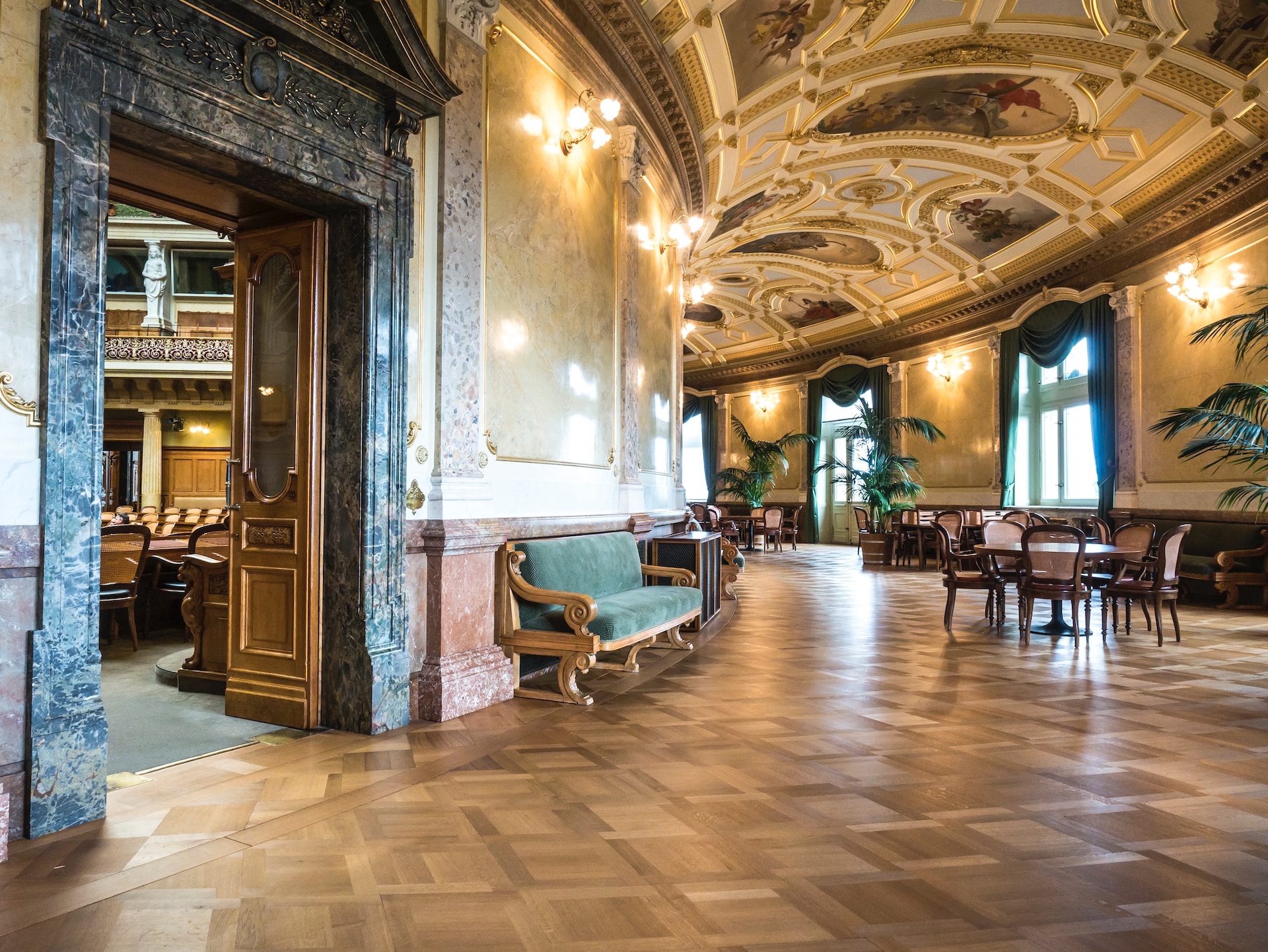Suzhou museums are a treasure trove of history and culture for visitors to explore. The city, located in the Jiangsu province of China, is known for its picturesque canals and traditional gardens, as well as its rich heritage in art and literature. In this article, we will take a closer look at some of the most popular museums in Suzhou, including the Suzhou Museum, the Suzhou Silk Museum, and the Suzhou Museum of Opera and Theatre.
Suzhou Museum
The Suzhou Museum, located in the heart of the city, is one of the most popular museums in Suzhou. The museum is housed in a modern building designed by the famous Chinese architect I.M. Pei, and features a collection of over 30,000 artifacts that showcase the rich history and culture of Suzhou.
The museum’s collection is divided into three main sections: ancient art, traditional craftsmanship, and local history. The ancient art section features a variety of artifacts from the Neolithic period to the Ming and Qing dynasties, including pottery, jade, bronze, and calligraphy. The traditional craftsmanship section showcases the skills and techniques of Suzhou’s artisans, with displays of silk, embroidery, and other traditional crafts. The local history section offers a glimpse into the daily life of Suzhou’s residents throughout the ages, with exhibits of household objects, clothing, and other items from the past.
The museum also regularly hosts special exhibitions, showcasing the work of local artists and artisans, as well as special exhibitions of artifacts from other parts of China and the world. Guided tours are available in Chinese and English, allowing visitors to learn more about the museum’s collection and the history of Suzhou.
Suzhou Silk Museum
The Suzhou Silk Museum, located in the Mudu area of the city, is a must-see destination for those interested in the history and production of silk. The museum is housed in a beautiful traditional Chinese building, and features a collection of over 2,000 artifacts that showcase the history and production of silk in Suzhou.
The museum’s collection is divided into three main sections: the history of silk, the production of silk, and the application of silk. The history of silk section features a variety of artifacts from the Neolithic period to the Ming and Qing dynasties, including pottery, jade, bronze, and calligraphy. The production of silk section showcases the skills and techniques of Suzhou’s silk artisans, with displays of silk, embroidery, and other traditional crafts. The application of silk section offers a glimpse into the daily life of Suzhou’s residents throughout the ages, with exhibits of household objects, clothing, and other items made of silk.
The museum also regularly hosts special exhibitions, showcasing the work of local artists and artisans, as well as special exhibitions of artifacts from other parts of China and the world. Guided tours are available in Chinese and English, allowing visitors to learn more about the museum’s collection and the history of silk in Suzhou.
Suzhou Museum of Opera and Theatre
The Suzhou Museum of Opera and Theatre is a must-see destination for those interested in the history and culture of Suzhou’s traditional opera and theatre. The museum is housed in a beautiful traditional Chinese building, and features a collection of over 2,000 artifacts that showcase the history and production of opera and theatre in Suzhou.
The museum’s collection is divided into three main sections: the history of opera and theatre, the production of opera and theatre, and the application of opera and theatre.



